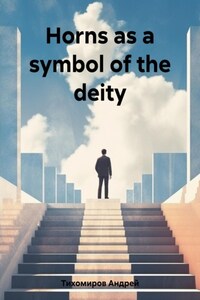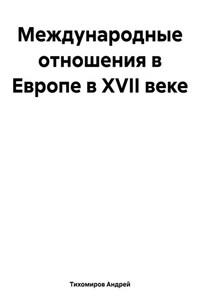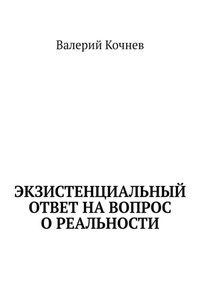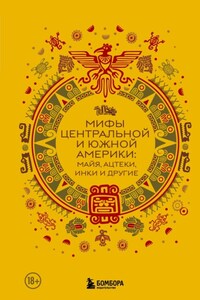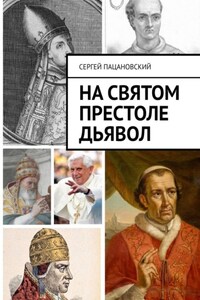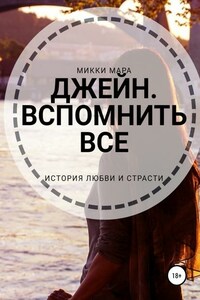Initially, ancient hunters dressed animal skins, as well as other disguises, in order to get closer to them and catch them. In addition, horned animals symbolized the sickle of the "sacred" moon. The moon and the Sun, as well as the sky itself, where supposedly "celestials" live, by analogy with earthly life, became sacred concepts, it was necessary to resemble horned animals, therefore they wore horns, hooves, tail.
A sorcerer in the skin of a bull, drawing from the cave of the Three Brothers, Ariege, France, Upper Paleolithic;
Detail of the painting of the "Blue Hall" of the Penjikent Palace, Tajikistan, depicts a fight with demons-divas, people who wear horns, goat beards and legs with hooves, two fierce demons, pulling bows, whirl into battle on a winged chariot, that is, artificial wings are attached to the chariot, 5-8 centuries.;
One of the oldest drawings of Zaraut-Say, Uzbekistan, depicting hunting a wild bull, Mesolithic, hunters in clothes resembling cloaks, armed with bows and arrows.
Since the end of the XIII century BC, a new time begins for Egypt. The Pharaohs, and above all the famous Ramses II, who ruled for 67 years, moved their residence to Lower Egypt to facilitate their protection from the invasions that threatened the country primarily from the Hittites, then from the "sea peoples" and the Philistines. They sought to organize the defense of Egypt not at the very remote Thebes, but at the Nile Delta, directly at the gates of Egypt. The god Amon with a ram's head (with twisted horns) is also gradually losing its former dominant place. Ramses II creates a cemetery of sacred bulls (with horns) in Memphis. Far to the south, near the border with modern Sudan, at Abu Simbel, he builds a sanctuary deep in the rock. German author Erich Tseren in the book "Biblical Hills" writes: "There, in Susa (the capital of ancient Elam, modern southern Iran. – ed.), as a result of excavations in 1901-1902, the French found … the "code of laws" of the Babylonian king Hammurabi, written on a huge diorite stone. They also found parts of a wall bas – relief of the XII century BC . E., on which a bearded bull-man with a crown in the form of a horn and bull hooves is depicted next to a palm tree. It is quite obvious that the most ancient image of the bull is now becoming more and more a humanoid image of the moon god, who in the end retained only as a sign of divinity the sacred horns on his forehead, the same as those of the leaders of the Semites, Indo-Europeans, Germans and other peoples."
Israel will prosper under the aegis of the king, the anointed of God, the descendant of David, and then the Jews will rule over their enemies, will appropriate the wealth of those who are now robbing them. This was the general concept, however, the Jews were under the rule of many peoples, now under the occupation of Rome, therefore it is necessary to fight with Rome, and the priests of Parthia took advantage of this to overthrow the pro-Roman dynasty of Herods by means of a coup d'etat, with the help of Christ and his apostles in the Jewish environment, and put their pro-Parthian in a voice with Jesus.
And one more feature was added to the idea of God in the religious consciousness of Israel. Yahweh was seen not only as a formidable, stern and jealous of his glory god, but also as a god of justice and goodness. The image of Yahweh becomes the supreme judge, just and impartial, punishing the bearer of evil regardless of his position in society. Like Amon among the ancient Egyptians, Yahweh became the "vizier of the poor" among the Israelites. This idea was formed in the religious consciousness of the masses of the people because they wanted to see in God what the earthly rulers lacked and what the common man who experienced oppression, oppression and injustice needed so much – justice and kindness to the offended and unhappy.
Why are only 4 Gospels included in the canon? And because by the time of their official admission to the biblical canon, the 4 most influential Christian communities from Constantinople, Alexandria, Antioch and Jerusalem dominated the Christian ideology, their versions formed the basis of the New Testament. The rest of the Gospels, and there were dozens of them, were recognized as apocrypha.
The canon of the New Testament was approved at the Laodacea Council of 364, but in fact its composition was repeatedly discussed at subsequent local and ecumenical councils. The text itself in the canonical gospels also changed. In general, changes in Christianity were associated with changes in the Roman Empire at that time. A year earlier, in 363, not without the participation of Christians, the Roman emperor Julian the Philosopher was killed in a battle with the Persians (among Christians he is listed as an "Apostate"). Contemporary of Julian the rhetorician (orator-teacher) Libanius expressed the opinion that the murder of Julian was not the work of the Persians, but of his Christian subjects who hated the emperor. Such an assumption looks quite plausible, since Julian interfered with the leaders of Christian communities, fought Christians with peaceful, as they would say now, propaganda methods, restoring pagan religions. He wrote a number of works entitled "Against Christians", after his death they suffered the same fate as the works of Celsus, Porphyry and other anti-Christian writers, they were destroyed everywhere. So we would not have learned anything about these works if it had not been for the Christian critics themselves (Fyodor Mopsuetsky, Apollinarius of Laodicea, etc.), who fiercely criticized them and in their works quoted long quotations from anti-Christian works. By the way, this policy of Christianity continues to this day. Atheistic literature in oligarchic Russia (and not only!) is almost impossible to find, only in second-hand bookstores, but all the shops of the country are filled with apologetic, praising Christian waste paper. Under Emperor Constantine in 313, the Edict of Milan recognized the equality of Christianity with pagan cults.
